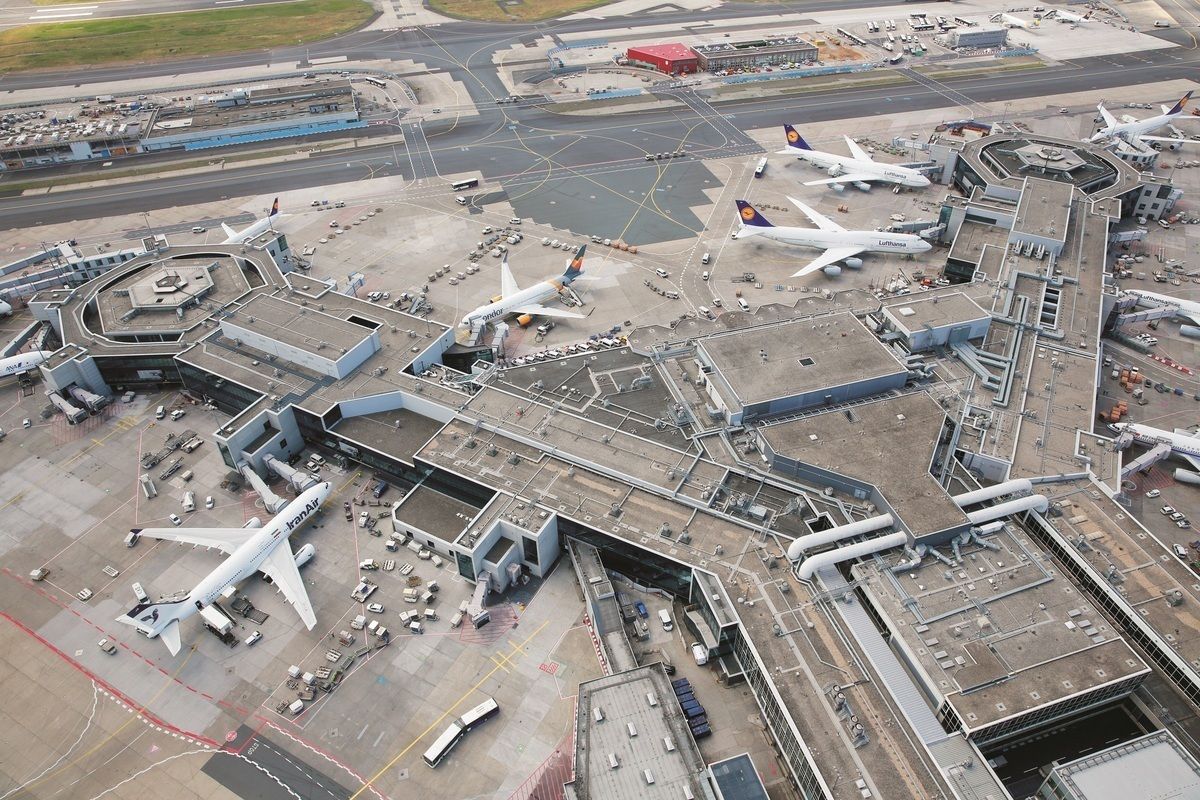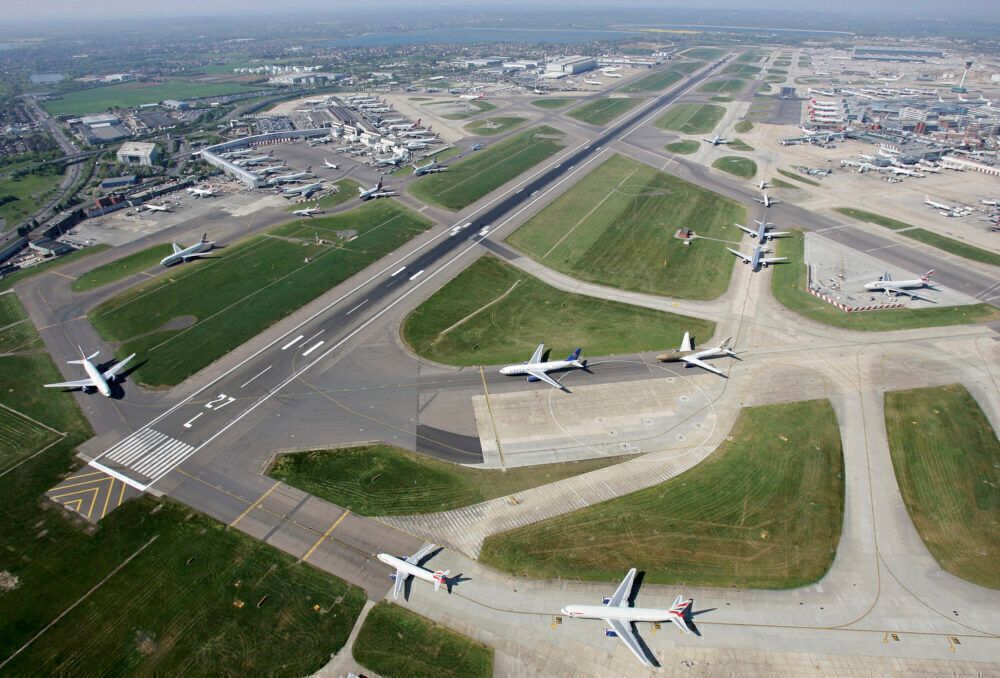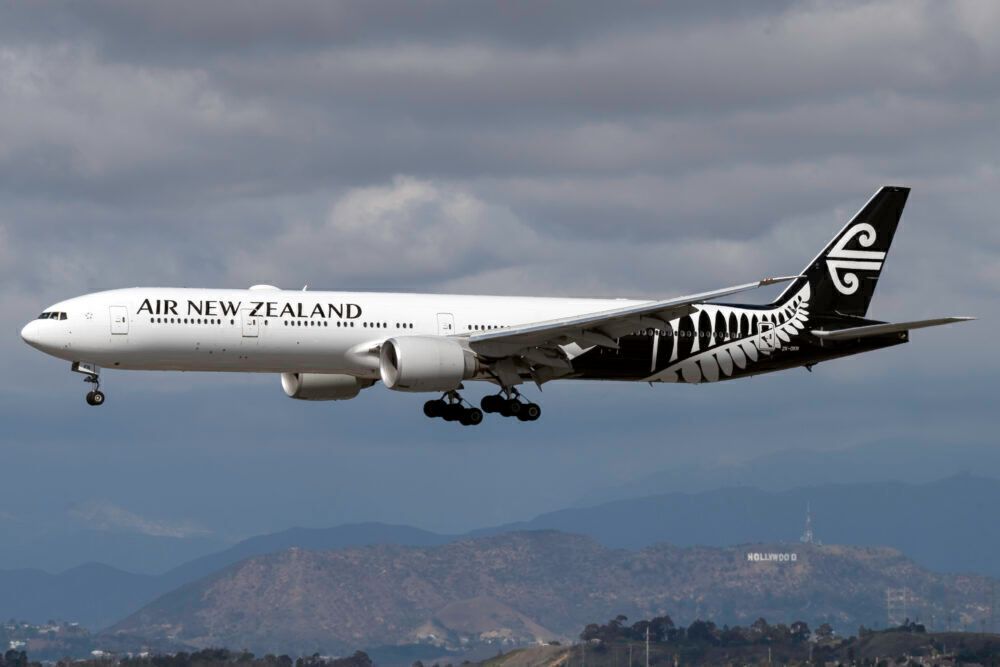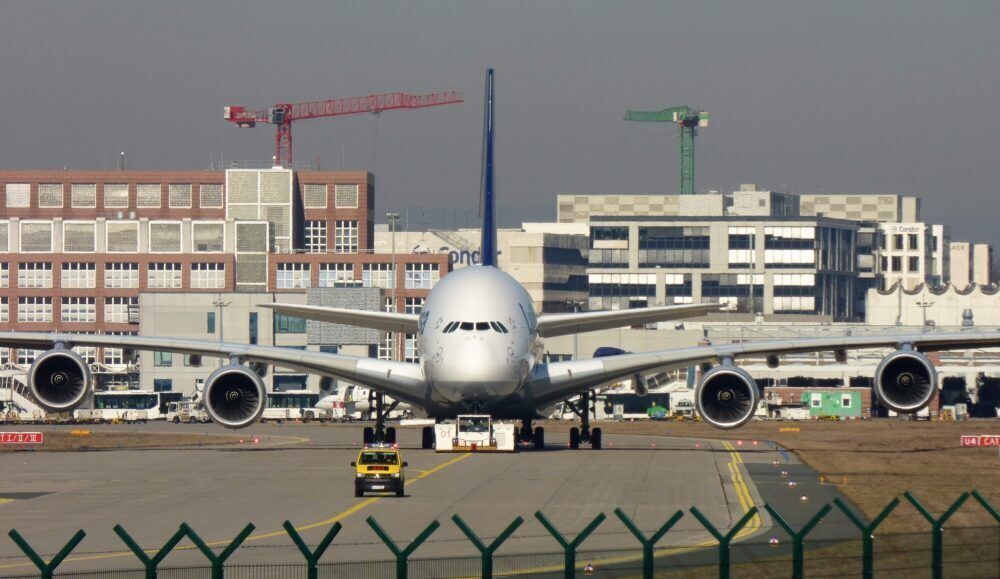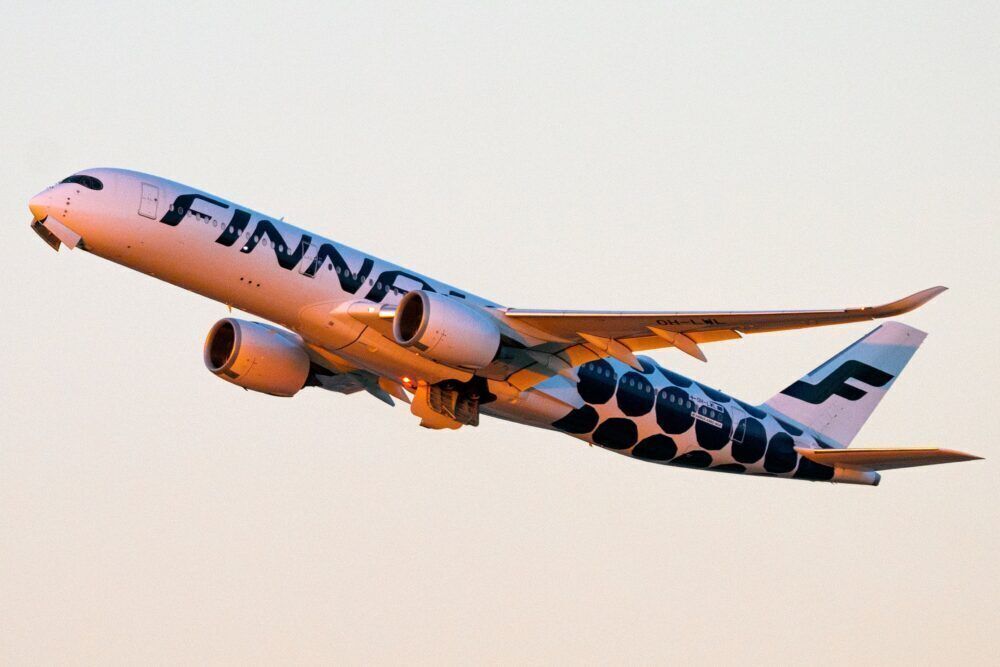Money is a key factor for many airline passengers when it comes to formulating their travel plans. The advent of low-cost carriers has had a democratizing effect on commercial air travel, with low fares opening the world up to people in all income brackets. That being said, passengers pay airlines, rather than airports, when buying their tickets- and airline information on airport expenditures may not be easy to find. Let's take a look at the various source of revenue for airports.
Different kinds of revenue
First of all, an important aspect to note is the fact that the ways in which airports obtain money differ somewhat compared to other forms of transportation. Specifically, the use of public money is sometimes less of a factor, with Finavia CEO Kari Savolainen explaining in 2017 that:
"Airports differ from other forms of mass transport, such as railways, in that they aren’t supported through public funding. At the end of the day, all of the money comes from passengers, even though they don’t directly pay for most of the airport services."
Savolainen's explanation, however, doesn't mention the fact that many governments invest heavily into airports through infrastructure expenditures.
Ultimately, ticket prices that airline passengers pay factor in the costs that carriers must pay to make use of an airport's facilities. The revenue that a given airport earns is generally categorized as either aeronautical or non-aeronautical/commercial.
Aeronautical vs commercial revenue
The term 'aeronautical revenue' concerns money that airports make directly from airlines and their passengers by charging for the use of the airport space itself. Florida Tech explains that this often makes up more than half of a given airport's revenue, and consists of:
- Landing fees.
- Passenger fees.
- Terminal fees.
- Usage fees (for aspects like gates and ground services).
Florida Tech adds that, in 2013, US airports generated around $10 billion in aeronautical revenue. Interestingly, however, they are not the be-all and end-all. Indeed, Savolainen adds that "though airport fees and charges count for a large chunk of our total revenue, they don’t necessarily increase the bottom line as much."
Airport owners also have a lucrative business on their hands when it comes to slots. These are important at congested, slot-controlled airports, like London Heathrow. Here, the limited number of slots can cause their prices to reach tens of millions of dollars.
Meanwhile, commercial revenue also has an important part to play in helping to keep airports profitable. Your Mileage May Vary explains that this refers to income gained when airports charge non-aeronautical companies (such as parking garages, car rentals, restaurants, shops, hotels, and lounges) for their use of space on the airport premises.
Size matters
The fees that airports charge on the aeronautical side of things often correspond strongly to the size of the aircraft being used by the airlines in question. This makes it important for carriers to fill their flights, particularly on larger aircraft like the Airbus A380 and Boeing 747.
After all, it is in the interests of both the airline and its passengers if it can spread the costs of these fees among as many tickets as possible. Savolainen explains that:
"Terminal and runway charges depend on the weight of the plane. A larger aircraft wears out the runway more, requires more parking space, and therefore pays higher fees. Airlines are also charged for each passenger and the services entailed in handling them at the airport."
Stay informed: Sign up for our daily and weekly aviation news digests.
Less of a commercial focus in Finland
The proportions of aeronautical and commercial revenue vary from country to country. For example, Florida Tech states that the aforementioned $10 billion of aeronautical at US airports in 2013 accounted for about 55% of total revenue. Your Mileage May Vary lists a similar figure of around 56% on average.
The situation in Finland is a little different. Data from Finavia, the company in charge of the country's airports, shows that the worldwide average proportion of aeronautical airport revenue is 60%. This leaves the remaining 40% for commercial, non-aeronautical revenue, in a pleasing 1.5:1 ratio.
Meanwhile, in Finland, just 28% of airport revenue comes through commercial, non-aeronautical channels. This gives a much larger proportion of 72% for aeronautical income, yielding a ratio of around 2.57:1 in favor of the latter. Interestingly, Finavia itself used to handle the duty-free shops at Helsinki-Vantaa Airport (HEL) until as recently as 2015.
Adapting amid the pandemic
It is no secret that the ongoing coronavirus pandemic has had an enormous financial burden across the commercial aviation industry. Border closures and ongoing uncertainty regarding travel restrictions have caused passenger numbers worldwide to plummet. Although some areas are showing signs of recovery, the challenge is far from over.
Certain airports have adapted their operations to take advantage of the boom in cargo traffic that has arisen since the pandemic hit. Owing to its strategic location as a pharmaceutical hub, Frankfurt Airport has been a key beneficiary of this shift in operational trends.
However, while this keeps aeronautical revenue flowing, what about the commercial side? With fewer passengers passing through the world's airports, airports are dangerously at risk of losing commercial revenue from aspects like retail and catering.
In many countries, the government has had to step in to support jobs and cover expenditures amid a lack of revenue. With the vital role major airports have in a nation's economy, its a worthwhile government expenditure to keep an airport functioning.
Luckily, some airports have found solutions to combat this potential revenue gap. For example, Bloomberg reports that Singapore Changi Airport has opened its doors to non-traveling Singaporeans to encourage them to visit its various outlets. In any case, all airports will be hoping that their revenue patterns can return to normal sooner rather than later.
Did you know about the various ways in which airports make money? What would you say has been your best experience at an airport to date? Let us know your thoughts and memories in the comments.

